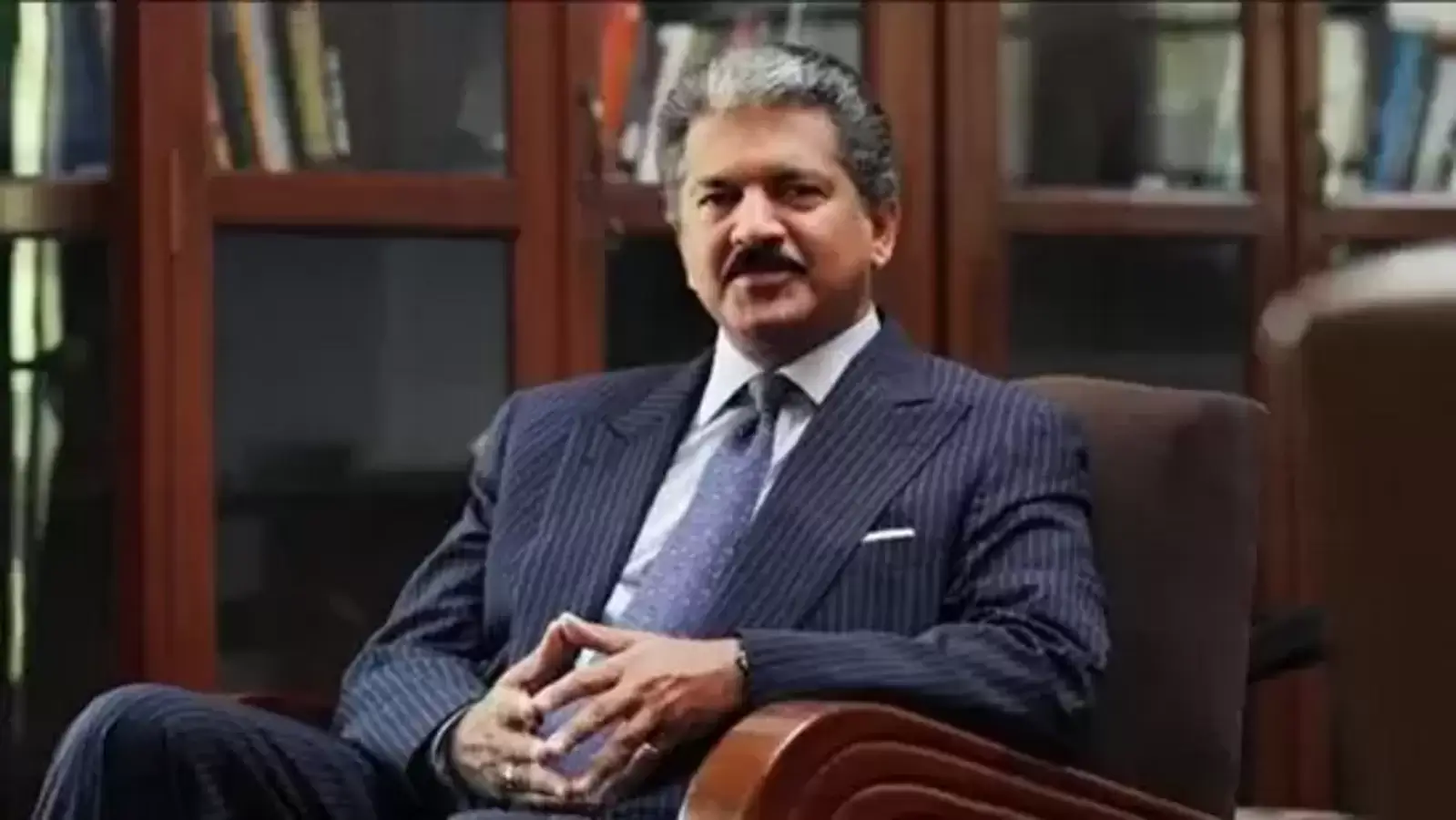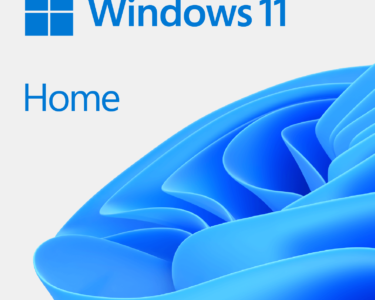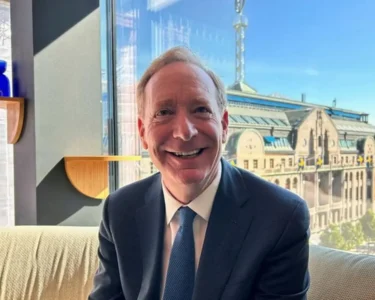In a refreshing take on the AI narrative, business leader Anand Mahindra has called for a shift in perspective on artificial intelligence’s role in creative fields. Instead of fearing machine takeover, Mahindra emphasizes AI’s potential as a powerful “companion” to the human creative process, amplifying expression and sparking innovative ideas.
“AI will not replace the artist,” Mahindra asserts. “It will become a tool, a collaborator, a muse that will unlock new forms of expression and push the boundaries of imagination.” This optimistic outlook stands in stark contrast to the dystopian visions of AI often portrayed in popular culture.
Mahindra envisions AI’s contributions to the creative space in various ways:
- Inspiration Generation: AI algorithms can analyze vast datasets of music, art, and literature to offer innovative suggestions, textures, and combinations for creators to explore. Imagine an AI generating unique musical phrases or color palettes that spark the fire of a composer or painter’s imagination.
- Augmenting Skillsets: AI can handle tedious or repetitive tasks, freeing up creators to focus on higher-level aspects of their craft. A writer, for instance, could utilize AI to research factual details or edit grammar, allowing them to concentrate on crafting the emotional core of their narrative.
- Personalized Experiences: AI can tailor creative tools and platforms to individual artists’ styles and preferences. Imagine a painting software that adapts its interface and suggestions based on your past works and artistic tendencies.
While acknowledging the concerns around AI’s potential impact on jobs and ethical considerations, Mahindra emphasizes the importance of human values and control. “The human hand, the human heart, the human spirit…these will remain the driving forces of creativity,” he insists. AI’s role, he believes, is to serve as a “servant, not a master,” supporting and enhancing human ingenuity, not replacing it.
Mahindra’s perspective echoes a growing sentiment within the creative community. Artists and musicians are increasingly exploring the possibilities of AI collaboration, from using machine learning to generate new soundscapes to creating interactive art installations. As AI technology continues to evolve, its role as a creative partner is likely to expand, ushering in a new era of collaborative art and innovation.





